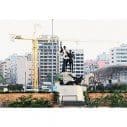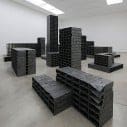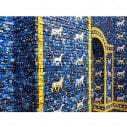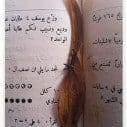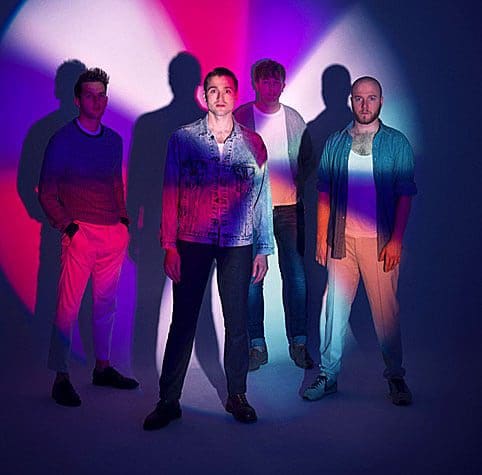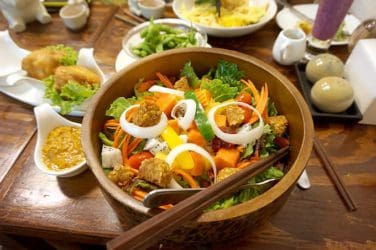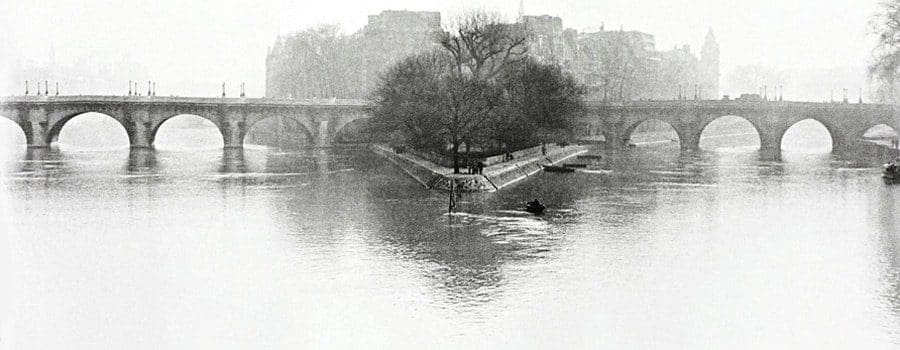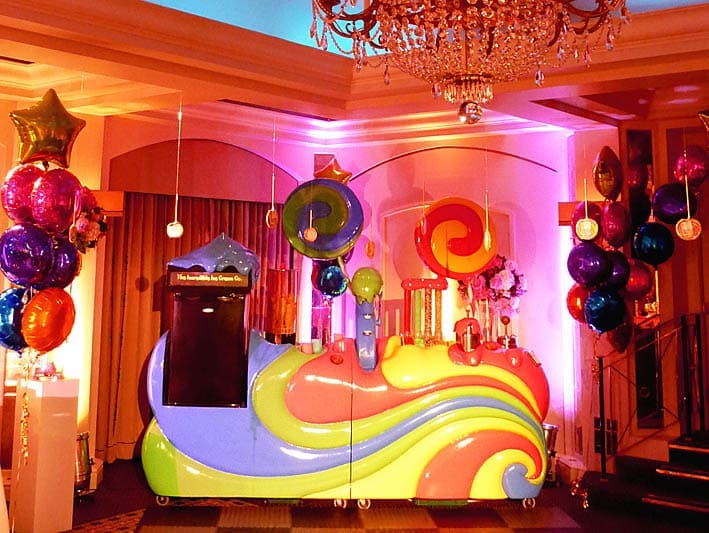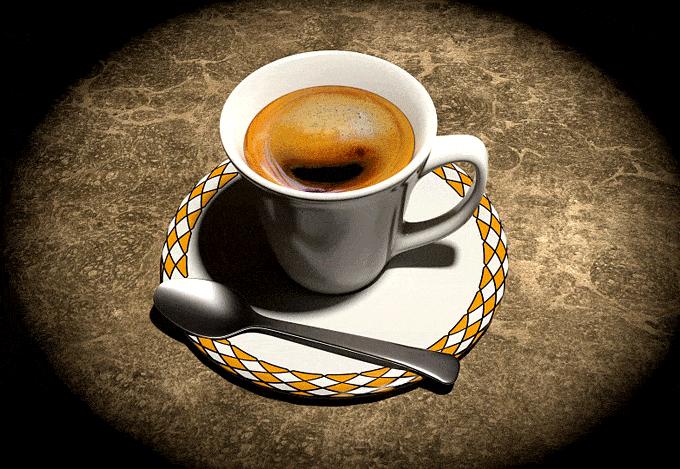Located 25km east of Brussels, Leuven lies at the centre of the flatlands of Flanders, synonymous with the battle for the western front of the First World War, trench warfare and of a profound loss of life.
In this year of centenary in memoriam, the haunting presence of the Great War is a melancholic din across the European continent; a dull thud in a recovering heartbeat as populations continue to grapple with the problems inherent in remembering and the difficulties and the impossibilities of what it means to forget.
Leuven, a university town, the ‘Oxford of Belgium’ has its own story to tell, its own atrocity to mark and its own deeply philosophical uncertainty to confront in 2014. Home to the world’s largest brewery, formerly of Stella Artois, and to Europe’s longest bar, the sound of Leuven’s 50,000 students cycling briskly along cobble-stone streets to post-lecture beverages, much to the chagrin of some of the locals, is enough to forget that Leuven as it stands now almost did not exist; almost razed, almost destroyed.
Belgium’s neutrality meant that it was not privy to siege but in August 1914, Leuven was occupied by German troops in retaliation for alleged sniper attacks by the locals – a story much refuted by the Belgians to this day. Civilians were either shot or transported to Germany. The University Halls and Saint Peter’s Church were burned to the ground. The reason, however, Leuven might be present in public consciousness, is the burning of the Leuven University Library and of the 300,000 books therein, an act which triggered a tumult of outrage across the Allied world by way of photographs taken by American troops and dispersed in a flurry of rage and propaganda. Photographic evidence depicting the before as a splendour of books and learning, and the after – a ravaged and plundered interior – awoke an anger that somehow differed to the anger directed at the loss of life, an anger not aimed at cruelty but at an indignity found in the destruction of culture and knowledge.
The library at Leuven was rebuilt, the streets of burned out houses reconstructed in their original state. A single emblematic block of each building faces outwards, engraved with a torch and flame, ensuring that the town’s turbulent history is marked out. Historic tours evoke the terrible trauma while a journey through the new library commemorates and validates the presence of a wound that is very slow to heal. But what the destruction of knowledge actually means to communities in the throws of the devastating effect of war and the legacy it leaves in the aftermath is a complicated question without an easy resolution. Ravaged: Arts and Culture in Times of War at M, Museum Leuven invites contemporary artists with the aid of old masters to deconstruct and to examine the purposeful eradication of centres of arts and culture and its significance in the public psyche. This Leuven exhibition considers artworks as acts of mourning, as documentation, as memento mori. Observed under five headings (Destroyed Cities, Ruins, Deliberate Iconoclasm, Propaganda and Heritage, Art as War Booty) to interesting if academic effect, the choices of old and new are a moving testament to an ongoing, never-ending investigation of the position of art and culture during times of war and of what it means to be a part of a community, be that religious or secular.
‘The killing of a person destroys an individual memory. The destruction of cultural heritage erases the memory of a people. It is as if they were never there.’ wrote András J. Riedlmayer of the destruction of cultural and religious centres during the Bosnian War. To Riedlmayer it was the completion of a drive for ethnic cleansing to remove the physical evidence of a history, to disallow accrued collective memory and to openly invite the scorn of the international community. Ravaged juxtaposes the old with the new: to mark a continuity of grief, to show knowledge and culture as a common thread, to illustrate the place of the artist as the bearer of witness? All of these are up for grabs. Artists like Emily Jacir, Mona Hatoum and Lamia Joreige offer sensitive, sensorial and tangible insights into attempts to preserve cultural memory in the Middle East. Perhaps most significant to Leuven is Jacir’s Ex Libris presenting images taken over a number of years on her mobile phone, at the Jewish National Library of some of the 30,000 unclaimed books belonging to Palestinians following Israeli looting in 1948. In Hatoum’s Bunker, an imaginary Beirut allows the viewer to wander through, to navigate the debris of a post civil war city, not in- name, but reminiscent of the infamous ‘Battle of the Hotels’ while Lamia Joreige’s Autopsy of a City deconstructs the various lives of her home town of Beirut, in multi-media, through which Joreige ‘reconciles the roles of archaeologist and poet’, posing fictionalised and actual narratives of a city, so many times on the brink of disappearance. The juxtaposing presence of the old masters is interesting, and perhaps speaks a bit more of the museum’s remit at large: to encourage people inside the building. They offer a linear narrative and remind us that this battle for culture is not a new one. But perhaps because we live through them now, if not in person then as part of an empathetic struggle, this new generation of artists’ work, seems more accessible in their interpretation and in their delivery. With echoes of Lamia Joreige throughout, there is a poetic archaeology from Michael Rakowitz’s model of the Ishtar Gate in Iraq, covered in food labels, to Mona Varamanu and Florin Tudor’s Dust Square.
This is a deeply philosophical and effecting topic which opens up the argument as to what the destruction of art and culture means, especially timely now in light of Justice Minister Chris Grayling’s determined attempts to limit access to books by prisoners, forcing us to consider why free access to the human spirit is so dangerous. The show’s accompanying catalogue and book of essays, Contemporary Reflections does much to sate questions opened up by a show that is at times a little incoherent but always visually stimulating.
Leuven exhibition article by Jeanette Farrell


